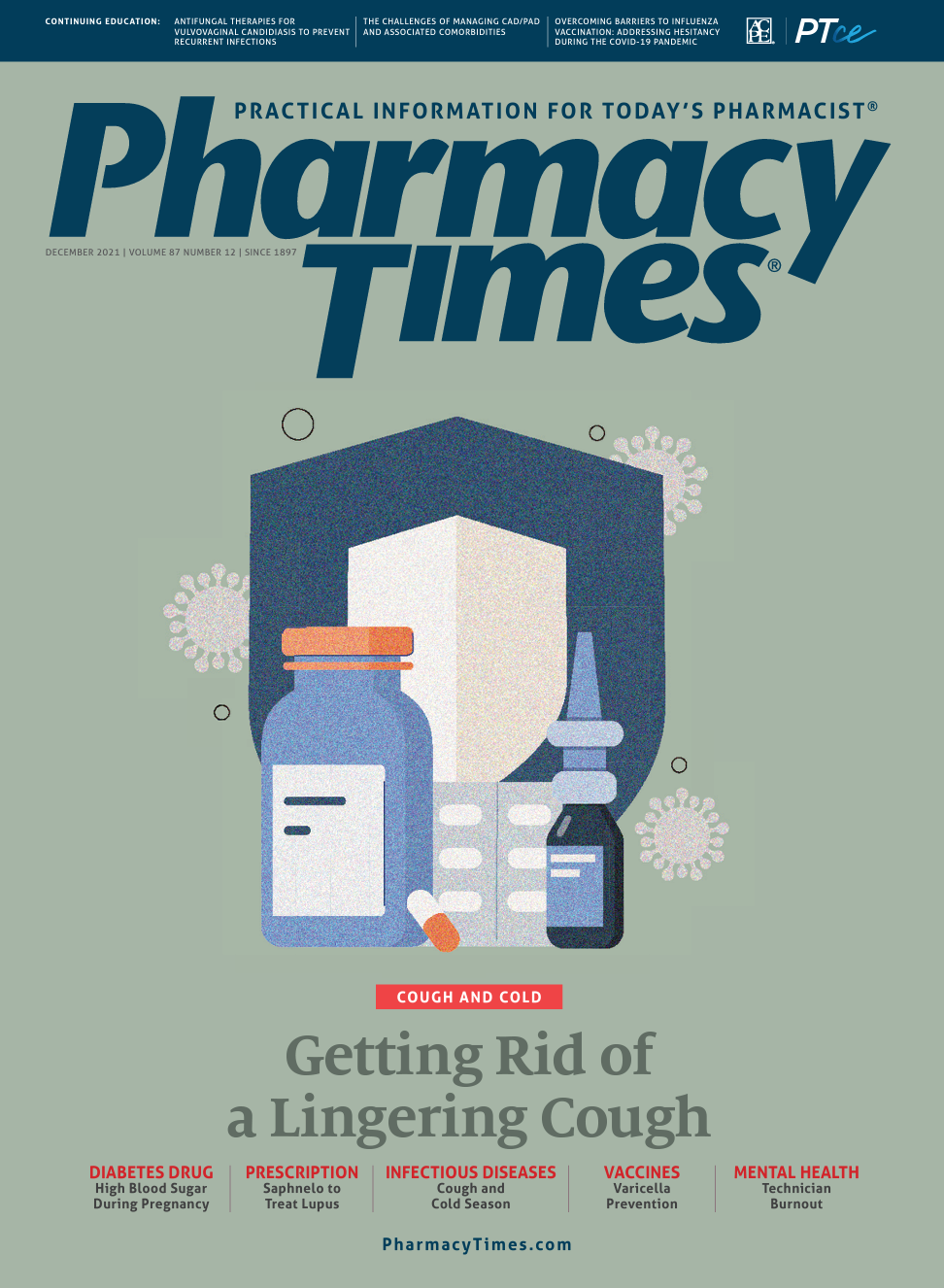Publication
Article
Pharmacy Times
Pharmacists Play Role in Preventing DUIDs
Offering individual advice and counseling to patients can help combat the risks of driving under the influence of prescription drugs.
Most of us know about the dangers of driving under the influence (DUI) of alcohol, which is also known as driving while intoxicated (DWI). In 2018 alone, the US alcohol-related impaired driving death toll reached an estimated 10,511 individuals, according to the CDC.1 But in addition to alcohol and illicit substances, medications commonly prescribed to patients can also impair driving.
The National Highway Traffic Safety Administration (NHTSA) has started a campaign called “There’s More Than One Way to Be Under the Influence,” to enhance awareness about the effects that OTC and prescription medications can have on driving.2
Information found on the NHTSA website states that “10% of weekday, daytime drivers surveyed tested positive for prescription and/or over-the-counter drugs.”2
Although this information demonstrates the large portion of drivers using OTC or prescription medications, it did not test for driving impairment, which is where the real risk lies. Medications commonly known to cause impairment include, but are not limited to, antianxiety medications, antidepressants, antihistamines, antihypertensives, and benzodiazepines.3
Furthermore, there is a common misconception that if driving impairment is caused by a prescription drug then it must have been caused by the patient’s incorrect usage or overdosing, which is not always the case. Even if taken properly, some prescription medications can still affect coordination and judgment, cause nausea, and induce drowsiness.2 All these adverse effects can impair one’s ability to drive and pose a risk for patients who drive and those around them.
In many states, laws are in place that recognize driving under the influence of certain medications as driving impairment. These are known as driving under the influence of drugs (DUID) per se laws.4 In July 2010, a report by the NHTSA reviewed 15 states in which these specific laws had been enacted. The laws are unlike alcohol-impairment laws in that there is no acceptable limit at which these drugs can be found in the system, and the report compared them to zero-tolerance laws.4
Although these DUID per se laws vary state by state, each lays out a list of which medications are considered unacceptable to use while driving. So what happens to patients who take these medications legally and as prescribed?
In many of these laws there is a section that either exempts the person from guilt if the medication was taken in accordance with a valid prescription or if a valid prescription can be used as an affirmative defense against the charge.4
Some of these states, such as Iowa, have even specifically included pharmacist-related exemptions of their per se laws, stating “ ...or if the substance was dispensed by a pharmacist without a prescription pursuant to the rules of the board of pharmacy examiners, if there is no evidence of the consumption of alcohol and the medical practitioner or pharmacist had not directed the person to refrain from operating a motor vehicle.”4
Pharmacists can help combat the growing problem of DUID by offering individual patient counseling and education. Although labels on prescription bottles alert patients that a medication alone or in combination with alcohol may impair their ability to drive, there is no guarantee that they are reading these warnings. Pharmacists should use their positions in the community to verbally inform patients of the risks, ensuring they understand that they should not get behind a wheel before knowing how their medications affect their ability to drive.3
Another way that pharmacists can help in this regard is to provide information and share resources with their communities. Those in states with DUID per se laws could post the list of medications the law applies to in an area of the pharmacy where patients can read it as they wait to pick up their prescriptions. Pharmacists can also share resources such as the American Automobile Association Foundation for Traffic Safety’s Roadwise Rx online tool, which allows patients to check their medications for driving impairment–related adverse effects for free.5 In addition, pharmacists can use journals, newspapers, and social media platforms to spread awareness of medication-related driving impairment and reach the patient audience.
Chloe M. Lindsey is a PharmD candidate at the University of Kentucky College of Pharmacy in Lexington.
Joseph L. Fink III, JD, DSC (HON), BSPharm, FAPHA, is a professor of pharmacy law and policy and the Kentucky Pharmacists Association Professor of Leadership at the University of Kentucky College of Pharmacy in Lexington.
References
1. Azofeifa A, Rexach-Guzmán BD, Hagemeyer AN, Rudd RA, Sauber-Schatz EK. Driving under the influence of marijuana and illicit drugs among persons aged ≥16 years – United States, 2018. MMWR Morb Mortal Wkly Rep. 2019;68(50):1153-1157. doi:10.15585/mmwr.mm6850a1
2. There’s More Than One Way to Be Under the Influence. National Highway Traffic Safety Administration. Accessed November 11, 2021. https://www.nhtsa.gov/campaign/prescription-and-over-counter-medicines
3. Gilchrist A. 5 dangerous Rxs for drivers. Pharmacy Times®. November 25, 2015. Accessed November 11, 2021. https://www. pharmacytimes.com/view/5-dangerous-rxs-for-drivers
4. Drug per se laws: a review of their use in states. National Highway Traffic Safety Administration. July 2010. Accessed November 11, 2021. https://www.nhtsa.gov/sites/nhtsa.gov/files/811317.pdf
5. Koch B. The rising problem of impaired driving. AAA World. September/October 2016. Accessed November 14, 2021. AAAsept-Oct 2016 article used_.pdf

Newsletter
Stay informed on drug updates, treatment guidelines, and pharmacy practice trends—subscribe to Pharmacy Times for weekly clinical insights.






